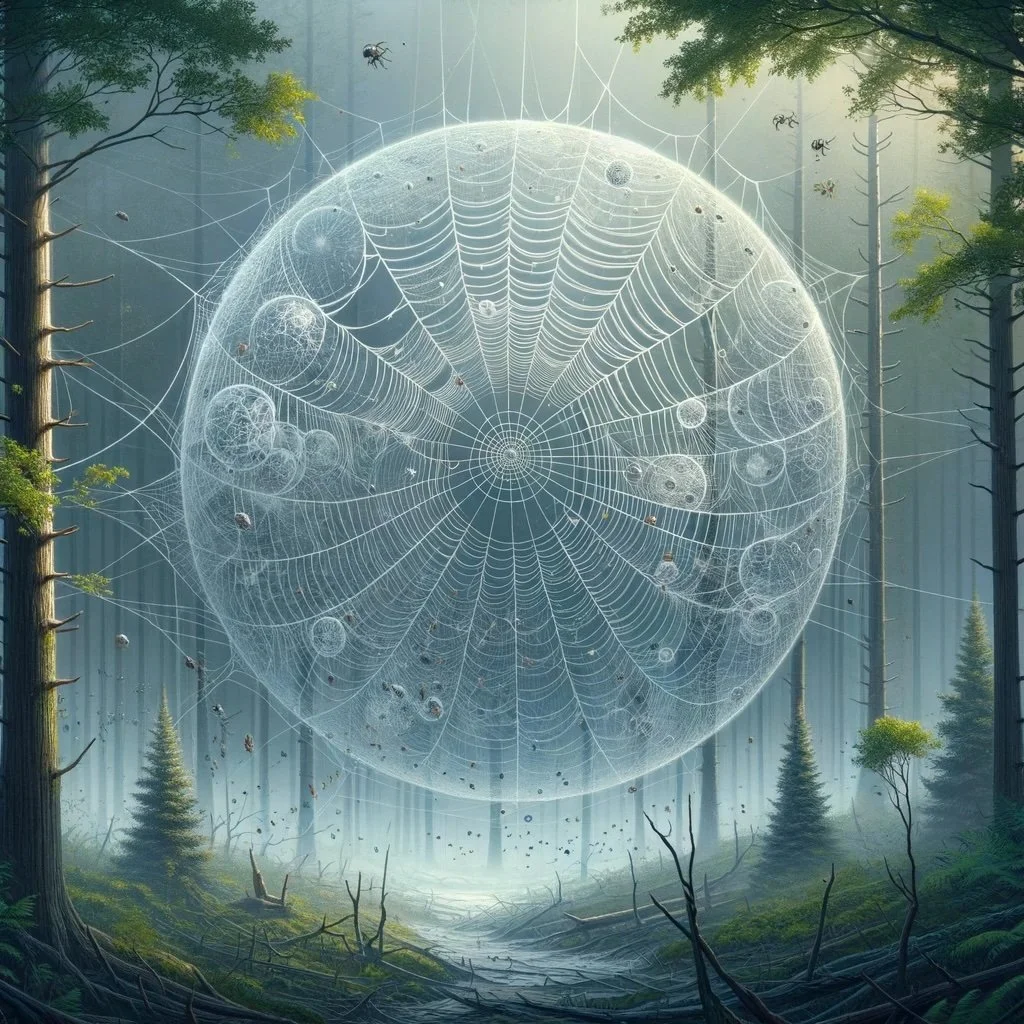Climate Change Tipping Points
Definition: Weather is what is known as a ‘complex system’. Currently, is relatively stable across a yearly timescale, and predictable on a macro scale, due to intricate interactions and feedback loops among many components that influence the Earth’s atmosphere. These components include the Earth’s topography – such as the placing of mountains, and bodies of water, ocean currents, land use (e.g. trees), sunlight (which changes throughout the year due to the tilt of the Earth’s axis), the presence of ice and snow, and the composition of the atmosphere such a greenhouse gases. This complex system can cope and stay relatively stable with some small changes to the balance of each of these factors. However, at a certain point, when changes to one or more of these factors reach a ‘tipping point’, the behaviour of the system can undergo a sudden, qualitative and potentially irreversible change. Tipping points are critical thresholds where a small perturbation or gradual change in conditions leads to a significant and sometimes abrupt transformation in the system's behaviour. Such a tipping point might be caused by arctic ice melting, a change in greenhouse gases or biodiversity loss – and can cause drastic rather than gradual changes in the patterns of weather conditions on Earth, creating a ‘new normal’.
Metaphor: We can think of the complex system that determines weather as a delicate spider’s web in a forest. The web represents the interconnected and dynamic nature of the complex system, with each strand symbolising a component or element within the system, and the overall structure representing the relationship between these components. Like the weather, despite the fact that each one of these strands can be easily broken or moved, this localised damage can easily be repaired as the global structure of the web affords it emergent strength and resilience to small changes in conditions. As a breeze passes through the forest, the web can blow back and forth in predictable ways. This breeze represents gradual changes in levels of greenhouse gases and biodiversity as a result of initial industrialisation. However, as the breeze continues and gets stronger, just as the rate of industrialisation and emissions increase on Earth, the cumulative effect on the spider’s web can reach a tipping point. At this critical threshold, suddenly a critical amount of connections among the web are broken and the behaviour of the web transforms into a chaotic dance, with strands flying around, colliding and rearranging in dramatic ways. This represents a qualitative change in the behaviour of the complex system, just like how a critical level of climate change can cause the weather patterns on Earth to shift into a new, chaotic state, rather than changing gradually.
